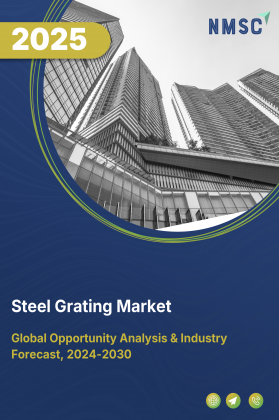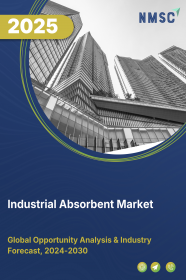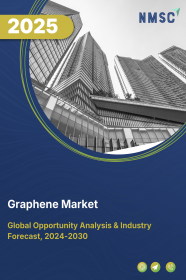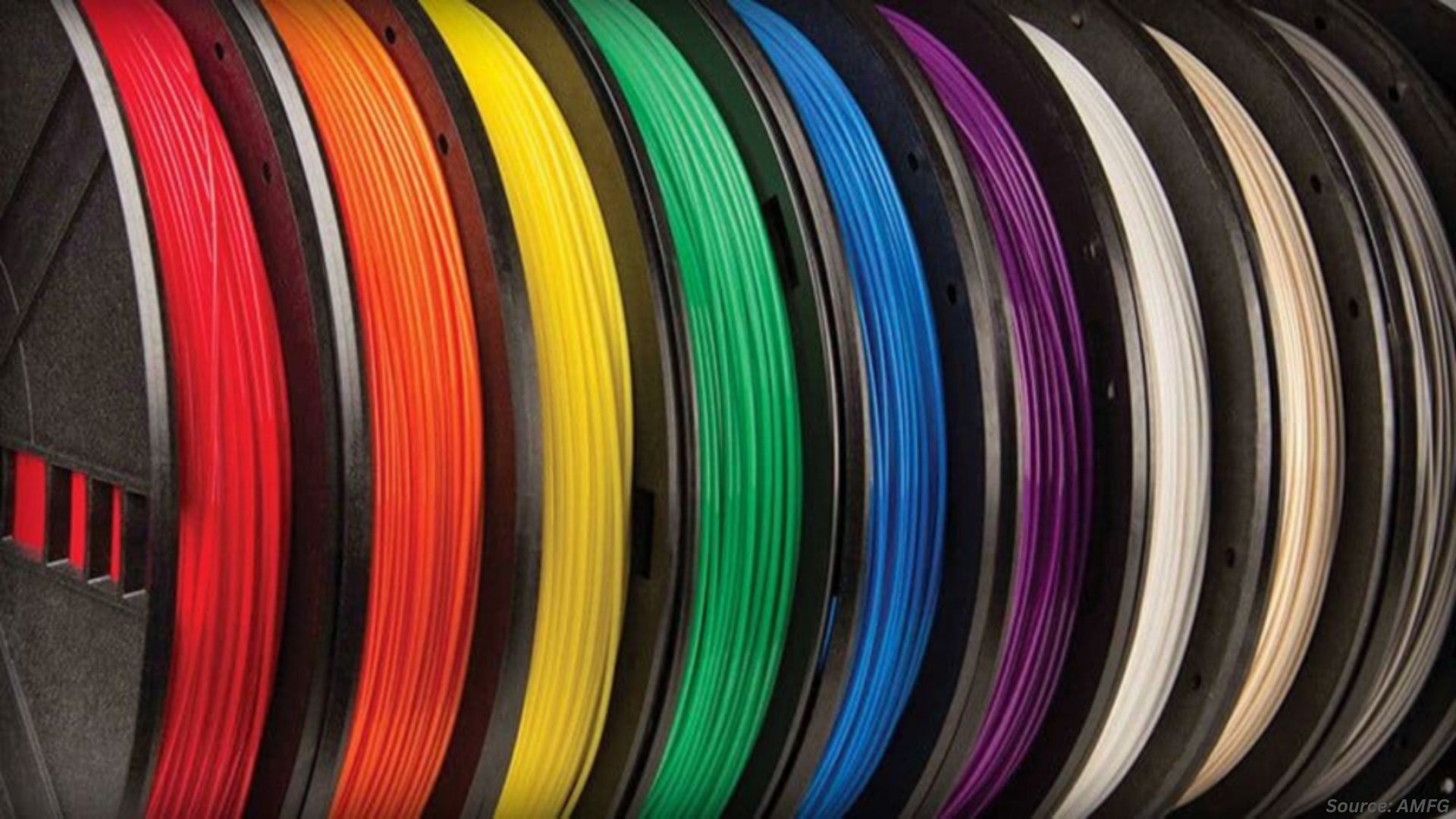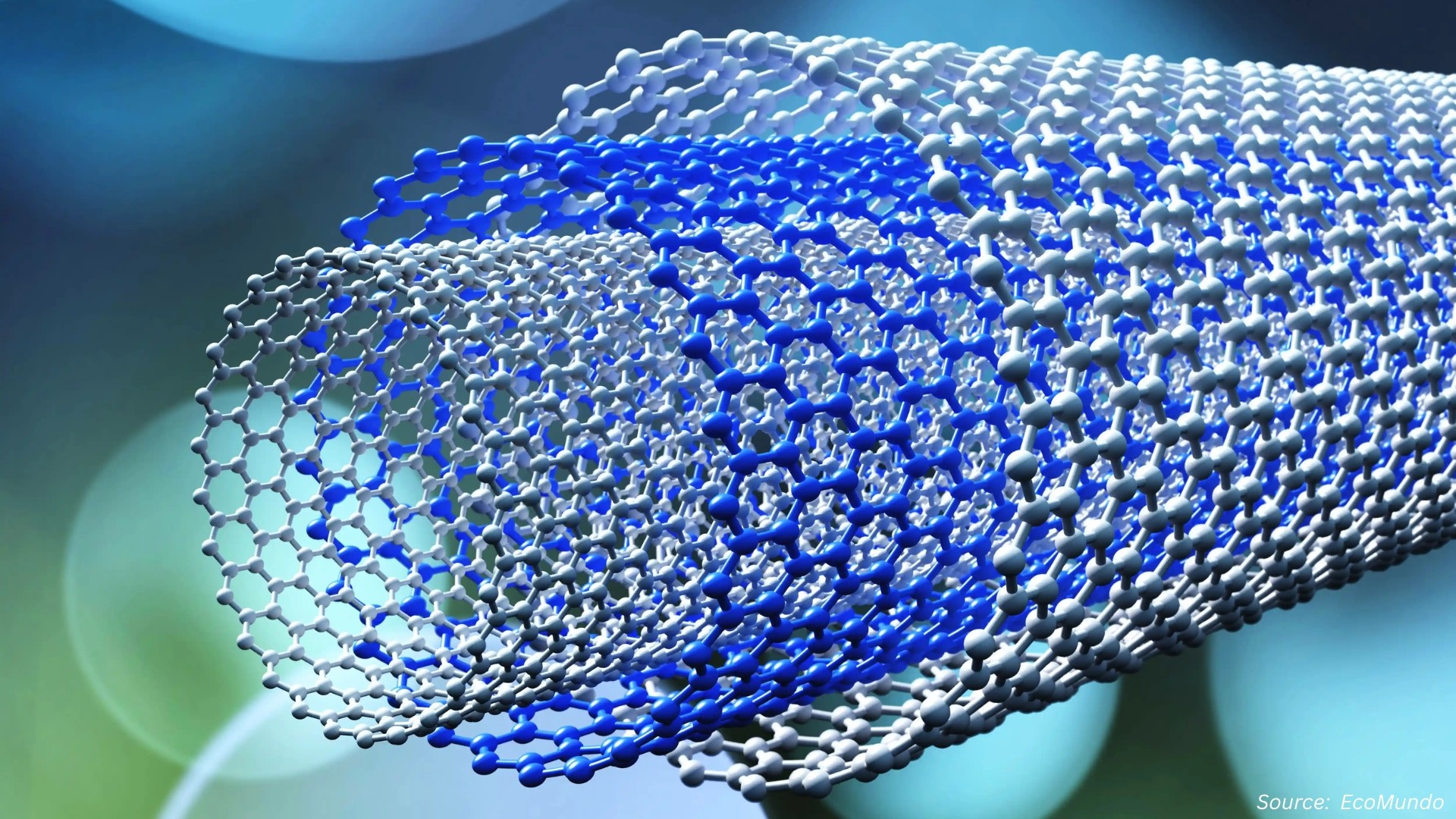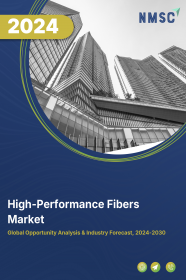
High-Performance Fibers Market, by Product (PBI, Carbon Fiber, Aramid Fiber, PIPD, PBO, Glass Fiber, High strength Polyethylene, and Others), by Application (Aerospace & Defense, Textile, Sporting Goods, Construction & Building, Electronics & Telecommunication, Automotive and Others) by End User (Aerospace & Defense, Electronics and Telecommunications, Construction & Building, Automotive, and Others), – Global Opportunity Analysis and Industry Forecast 2024-2030.
High-Performance Fibers Market Report - Comprehensive Overview | |
| Study Period | 2020 - 2030 |
| Base Year for Estimation | 2024 |
| Forecast Data Period | 2026 - 2030 |
| Market Size in Base Year | 18.3 |
| Market Size in Forecast Year | 26.19 |
| Growth Rate 2026 - 2030 | 7.43% |
| Growth Factors | |
| Report Coverage | The report provides insights on market size, forecasts, emerging trends, competitive landscape, key segments, growth opportunities, recent developments, and strategic recommendations to help stakeholders make informed business decisions. |
| Segments Covered | High-Performance Fibers Market, by Product (PBI, Carbon Fiber, Aramid Fiber, PIPD, PBO, Glass Fiber, High strength Polyethylene, and Others), by Application (Aerospace & Defense, Textile, Sporting Goods, Construction & Building, Electronics & Telecommunication, Automotive and Others) by End User (Aerospace & Defense, Electronics and Telecommunications, Construction & Building, Automotive, and Others), |
| Countries Covered | 28 |
| Geographical Analysis | North America (The U.S., Canada, Mexico); Europe (The UK, Germany, France, Italy, Spain, Denmark, Netherlands, Finland, Sweden, Norway, Russia, Rest of Europe); Asia-Pacific (China, Japan, India, South Korea, Australia, Indonesia, Singapore, Taiwan, Thailand, Rest of Asia-Pacific) and RoW (Latin America, Middle East, Africa) |
| Companies Profiled | Top 10 companies |
| Competitive Landscape | |
| Market Share | Available for top 10 companies |
| Customization Scope | Free customization (equivalent to up to 80 working hours of analysts) after purchase. Addition or alteration to country, regional, and segment scope. |
| Purchase Option | Avail customized purchase options to meet your exact research needs. |
Market Definition
The High-Performance Fibers Market size was valued at USD 15.14 billion in 2023 and is predicted to reach USD 26.19 billion by 2030 with a CAGR of 8.15% from 2024-2030.
High-performance fibers are specialized materials known for their exceptional mechanical properties, such as high strength, stiffness, and durability, along with lightweight characteristics and resistance to chemicals. These fibers are engineered to withstand demanding conditions and are commonly used in various industries, including aerospace, automotive, defense, sports equipment, and protective clothing.
Market Dynamics and Trends
The demand for high-performance fibers is witnessing a notable surge, primarily driven by the increasing need for ballistic protection, particularly in the defense sector. These fibers play a critical role in various ballistic protection applications, including body armor, helmets, and vehicle armor, providing essential protection against high-velocity impacts and ensuring the safety of personnel and equipment.
Moreover, the escalating demand for high-performance fibers in the oil and gas industry is further fueling market growth. These fibers find extensive use in this sector for applications such as offshore drilling equipment and pipelines, where they offer exceptional strength, durability, and resistance to harsh environmental conditions.
As a result, the high-performance fibers market is experiencing significant expansion, propelled by the defense and oil and gas sectors' increasing requirements for advanced protective materials. Additionally, the rising demand for renewable energy is significantly fueling the high-performance fibers market.
As the world transitions towards cleaner and more sustainable energy sources, there is an increasing need for advanced materials that can withstand the harsh conditions encountered in renewable energy applications. High performance fibers play a crucial role in renewable energy infrastructure, such as wind turbines, solar panels, and hydroelectric systems, where they are used to reinforce composite materials, enhance structural integrity, and improve overall efficiency.
Additionally, the growing emphasis on lightweight and durable components in renewable energy systems further boosts the demand for high performance fibers, as they offer superior strength-to-weight ratios and resistance to environmental factors such as corrosion and fatigue. This trend is expected to drive significant growth in the high-performance fibers market as the renewable energy sector continues to expand worldwide.
However, high-performance fibers are often more expensive to produce compared to traditional fibers due to their advanced materials and manufacturing processes. This increases the overall cost of products that utilize these fibers, which in turn restrain the market growth.
On the other hand, the integration of nanotechnology in high-performance fibers is expected to create significant growth opportunities for the market in the future. Nanotechnology enables the manipulation of materials at the molecular and atomic levels, allowing for the development of fibers with enhanced properties such as strength, flexibility, and conductivity. By incorporating nanomaterials into high-performance fibers, manufacturers can create advanced composites with improved mechanical, thermal, and electrical characteristics.
Market Segmentations and Scope of the Study
The high-performance fibers market is segmented based of product, application, end user, and region. Based on the product, the industry is classified into PBI, carbon fiber, aramid fiber, PIPD, PBO, glass fiber, high-strength polyethylene and others. Based on application, the market is categorized into aerospace & defense, textile, sporting goods, construction & building, electronics & telecommunication, automotive and others. Based on end user, the industry is classified into aerospace & defence, electronics & telecommunication, construction & building, automotive, and others. The geography breakdown and analysis of each of the aforesaid segments includes regions comprising of North America, Europe, Asia-Pacific, and ROW.
Geographical Analysis
Asia Pacific dominates the global high-performance fibers market and is potently expected to remain dominant in the market throughout the forecast period. This is attributed to factors such as growing automotive industry in countries such as China, India and Japan. High performance fibers are used in a wide range of applications in the automotive industry, including body panels, chassis, suspension systems, engine parts, and transmission systems, among others.
They offer superior strength, stiffness, durability, and resistance to extreme environments, making them ideal for use in critical automotive components. According to the International Trade Administration, almost 25 million vehicles were sold in China in 2020, and by 2025, domestic production is anticipated to surpass 35 million vehicles, thus making China the world's largest producer of automobiles.
Moreover, the presence of key market players such as Teijin Ltd., Toyobo Co. Ltd and others that are adopting strategies such as partnerships which in turn plays a significant role in the growth of the high-performance fibers market. For instance, in October 2022, Toyobo partnered with Indorama Ventures to meet the growing global demand for airbags. The collaboration involves the production of high-strength polyester fibers, which are used to make airbag fabrics. The partnership is aimed at leveraging the strengths of both companies to develop innovative solutions that meet the evolving needs of the automotive industry.
On the other hand, North America is expected to witness a steady rise in the high-performance fibers market due to largest defense budget in the region, particularly in the United States. High performance fibers are essential materials for use in various defense applications, such as aircraft and aerospace components, vehicle armor, and ballistic protection, due to their ability to withstand extreme conditions and provide excellent protection. According to the World Bank, the defense budget of the United States registered a surge in the numbers from USD 778.4 Billion in 2020 to USD 800.67 Billion in 2021.
Moreover, the developed aerospace manufacturing industry in the North America, with leading companies such as Boeing and Airbus operating in the region, is further propelling the growth of the market. In December 2023, Boeing handed over 67 commercial jets, while Airbus delivered 112 units. Throughout 2023, Boeing and Airbus collectively completed 528 and 735 aircraft deliveries, respectively, compared to 480 and 663 in 2022.
Notably, Airbus secured the delivery leadership for the fifth consecutive year in 2023. High performance fibers are widely used in aerospace applications, such as aircraft components and structures, due to their high strength and lightweight properties. Thus, the growth of the aerospace industry in North America is driving the demand for high performance fibers market in the region.
Competitive Landscape
The market comprises of various players such as Toray Industries, Inc.; Dupont; Teijin Ltd.; Toyobo Co. Ltd.; DSM; Kermel S.A.; Kolon Industries, Inc.; Huvis Corp, Mitsubishi Rayon Co., and Owens Corning. These market players are adopting various strategies such as product launch and business expansion to maintain their dominance in the global high performance fiber market.
For instance, in April 2023, DuPont launched Kevlar EXO, a revolutionary aramid fiber designed to provide enhanced protection and performance in various high-performance applications. Kevlar EXO offers superior strength, durability, and flexibility, making it ideal for use in industries such as aerospace, defense, and automotive, where high-performance materials are essential for ensuring safety and reliability.
Also, in March 2022, Toray Industries, Inc. launched an eco-friendly and high-strength textile that absorbs Toyoflon. This new textile reduces slide areas owing to its performance benefits and a higher surface pressure while enabling miniaturization and weight reductions.
Moreover, in June 2021, Kolon Industries announced expansion of aramid fiber plant in Gumi, South Korea with an investment of USD 212 million to double the capacity of its domestic aramid factory. Aramid is a type of fiber used in manufacturing tyre, bulletproof vests and optical fiber cables. The company stated that, this investment is intended to proactively meet rapidly expanding demand for advanced materials, such as 5G and electric cars, and also to secure its leading worldwide standing.
Key Benefits
-
The report provides quantitative analysis and estimations of the high-performance fiber market from 2024 to 2030, which assists in identifying the prevailing market opportunities.
-
The study comprises a deep dive analysis of the high-performance fiber market including the current and future trends to depict prevalent investment pockets in the market.
-
Information related to key drivers, restraints, and opportunities and their impact on the high-performance fiber market is provided in the report.
-
Competitive analysis of the players, along with their market share is provided in the report.
-
SWOT analysis and Porters Five Forces model is elaborated in the study.
-
Value chain analysis in the market study provides a clear picture of roles of stakeholders.
Key Market Segments
By Product
-
PBI
-
Carbon Fiber
-
Aramid Fiber
-
PIPD
-
PBO
-
Glass Fiber
-
High strength Polyethylene
-
Others
By Application
-
Aerospace & Defense
-
Textile
-
Sporting Goods
-
Construction & Building
-
Electronics & Telecommunication
-
Automotive
-
Others
By End user
-
Aerospace & Defense
-
Electronics & Telecommunication
-
Construction & Building
-
Automotive
-
Others
By Geography
-
North America
-
The U.S.
-
Canada
-
Mexico
-
-
Europe
-
The UK
-
Germany
-
France
-
Italy
-
Spain
-
Denmark
-
Netherlands
-
Finland
-
Sweden
-
Norway
-
Russia
-
Rest of Europe
-
-
Asia Pacific
-
China
-
Japan
-
India
-
South Korea
-
Australia
-
Indonesia
-
Singapore
-
Taiwan
-
Thailand
-
Rest of Asia Pacific
-
-
RoW
-
Latin America
-
Middle East
-
Africa
-
REPORT SCOPE AND SEGMENTATION:
|
Parameters |
Details |
|
Market Size in 2023 |
USD 15.14 Billion |
|
Revenue Forecast in 2030 |
USD 26.19 Billion |
|
Growth Rate |
CAGR of 8.15% from 2024 to 2030 |
|
Analysis Period |
2023–2030 |
|
Base Year Considered |
2023 |
|
Forecast Period |
2024–2030 |
|
Market Size Estimation |
Billion (USD) |
|
Growth Factors |
|
|
Countries Covered |
28 |
|
Companies Profiled |
10 |
|
Market Share |
Available for 10 companies |
|
Customization Scope |
Free customization (equivalent up to 80 working hours of analysts) after purchase. Addition or alteration to country, regional, and segment scope. |
|
Pricing and Purchase Options |
Avail customized purchase options to meet your exact research needs. |
KEY PLAYERS
-
Toray Industries, Inc.
-
Dupont
-
Teijin Ltd.
-
Toyobo Co. Ltd.
-
DSM
-
Kermel S.A.
-
Kolon Industries, Inc.
-
Huvis Corp
-
Mitsubishi Rayon Co.
-
Owens Corning




















 Speak to Our Analyst
Speak to Our Analyst



